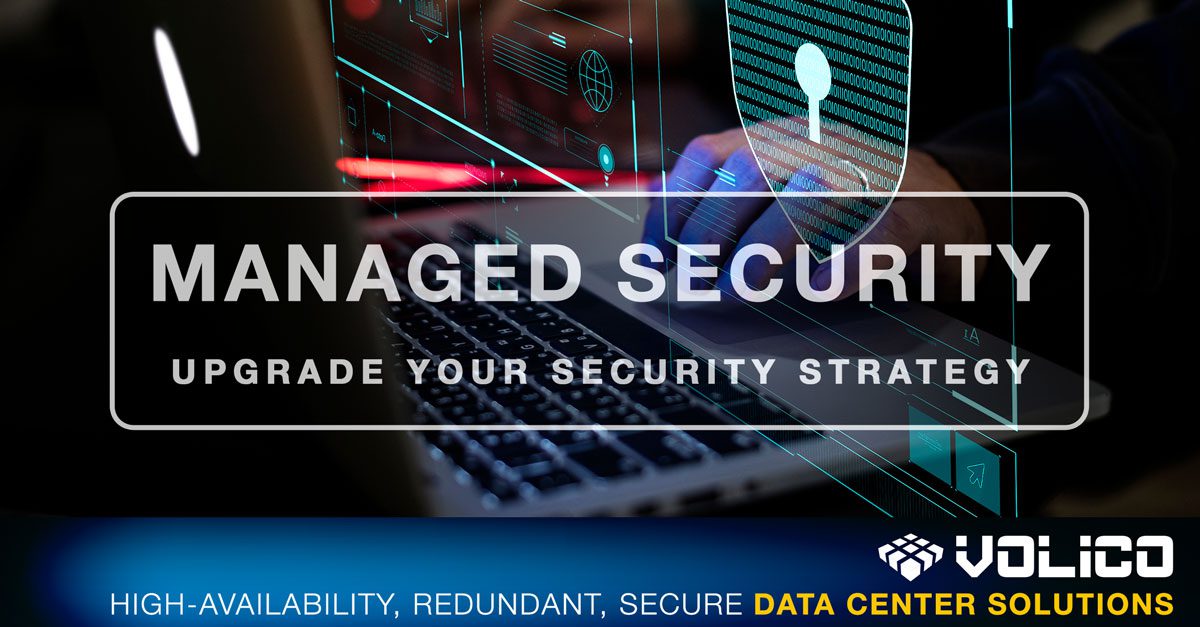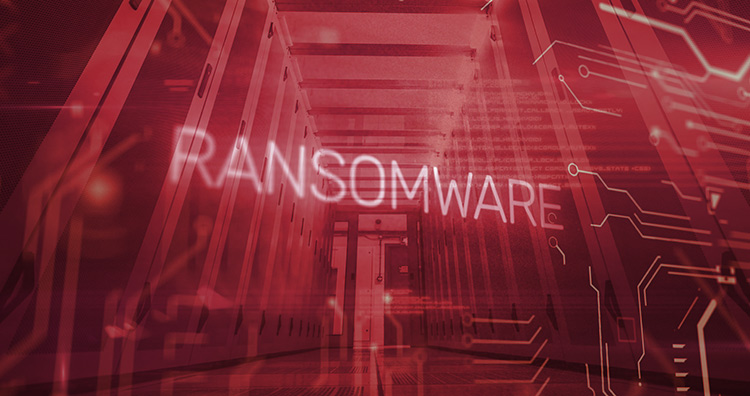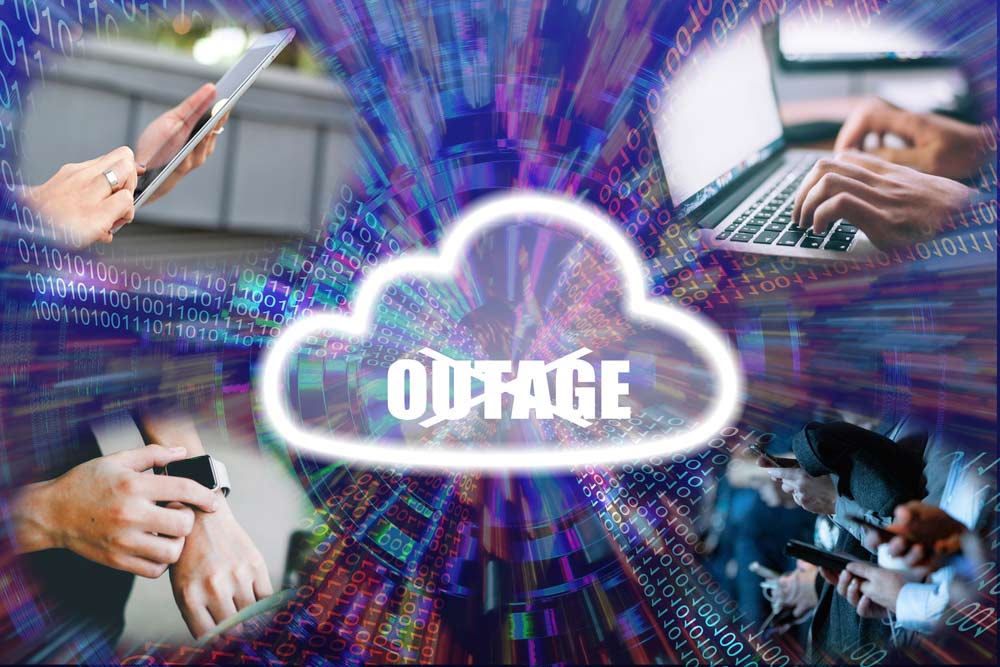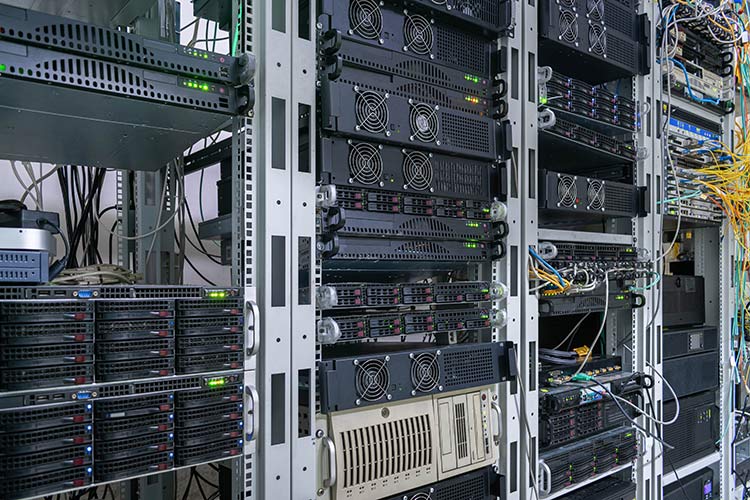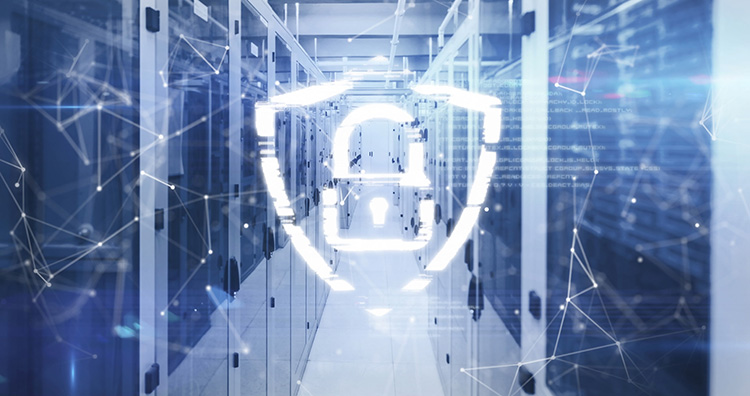One day, there’s a note on your screen saying that your files have been blocked, and you won’t see them back until you pay a specific amount of money. The system is inaccessible, and if you shut your machine down while still in the encryption process, you risk damaging or losing your files. Ransomware attacks are everyone’s nightmare, and for a good reason: they can heavily impact businesses and their clients, threatening with leaking or losing access to critical information. When an attack hits supply chains, the impact is not limited only to the company but affects thousands of people across large areas. This can mean anything from inaccessible healthcare to gas shortages, but an attack can stop you from doing your daily grocery shopping as well.
Ransomware attacks have been around for a long time and will be around for the times to come. So, is there a way to protect your data against them? Who’s at a higher risk of experiencing an attack, and what can you do to mitigate those risks?
In this article, we will examine how ransomware attacks work and provide tips on preventing you or your company from becoming a victim. Let’s get started.
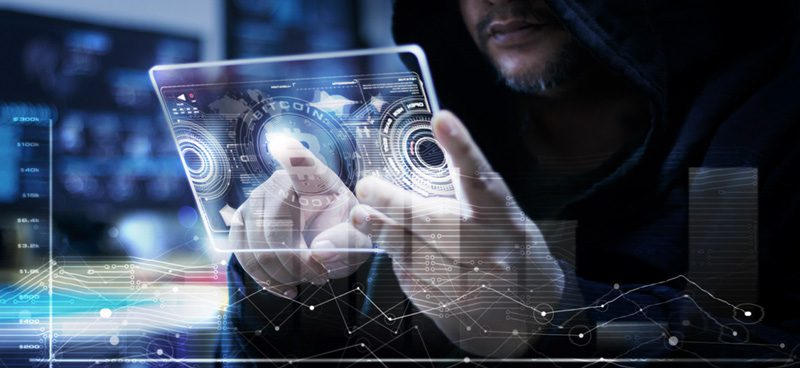
What is Ransomware, and How Does It Work?
Ransomware attacks are based on a type of malware that blocks you out of your computer or from accessing the data on it. The files can be stolen entirely or made inaccessible by encryption. Typically, you get a message from the attacker with instructions on how much they ask to restore your files and the details of where you can make the payment. Payment is almost always demanded in cryptocurrency, which allows for a degree of anonymity. To make sure anyone can pay the ransom, the hackers almost always ask for Bitcoins. Also, the attacks are frequently accompanied by double extortion techniques, where the hackers blackmail you by threatening to sell, destroy, or make the data public. This is especially unpleasant for companies dealing with large amounts of personal information, like the healthcare industry.
The trick is that there’s no guarantee whatsoever that paying the ransom will get your files back.
Some types of malware, which look like ransomware attacks, do not decrypt your files even after you pay the ransom. For these reasons, making regular offline backups of your mission-critical data is an obligation if you want to protect yourself or your company from losing vulnerable information and undergoing the lengthy and expensive ransomware recovery process.
Who Are the Primary Targets of Ransomware Attacks?
The short answer: everyone. Companies of all sizes and industries have seen attacks in the past and will remain targets of ransomware attacks as long as they deal with information. There aren’t specific industries that are more susceptible to attacks than others. However, because hackers target valuable personal data like medical information or credit card information, healthcare, governmental, financial, technology, and educational organizations tend to experience attacks more often than others. According to Comparitech’s map of global ransomware attacks in 2024, the most affected industries are business, healthcare, government, and education. However, other sectors can fall victim just as easily, especially when lacking a stringent security strategy.
The Cost of a Ransomware Incident
Let’s look directly at the facts: the most expensive attack of 2024 (until the present) was an attack in April on India’s Regional Cancer Center (RCC). The demanded ransom was a whopping $100m. The next most expensive attack hit the UK pathology provider Synnovis, asking $50m, which also led to many canceled appointments and operations throughout South-East England.
Indisputably, in 2024, cybercriminals are becoming more and more sophisticated, and their techniques are growing more aggressive than ever. The fact that the average extortion demand was more than $5.2m in the first half of 2024 speaks for itself.
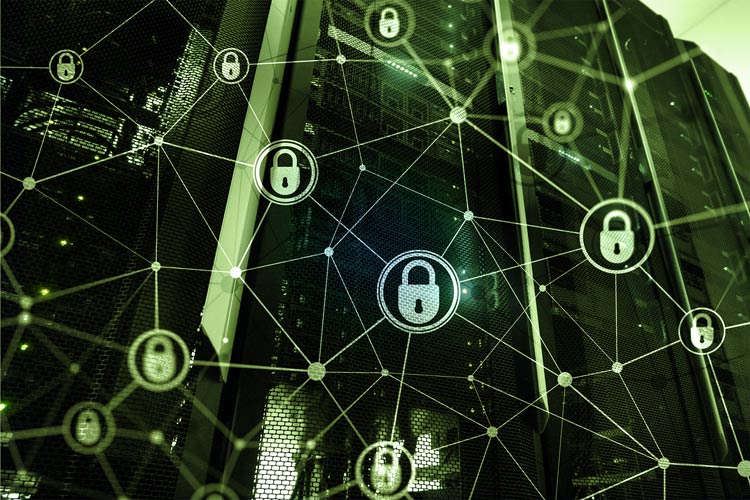
How to Prevent Your Data Getting Into the Wrong Hands
Instead of trying to figure out how likely it is to experience an attack, it’s best to think of ransomware attacks as if they could happen at any moment. Organizations of all sizes and from any sector can wake up to a message on their screen. When it’s already there, critical data can be at risk – whether you pay the ransom or not. So, what can companies do to decrease the likelihood of losing critical data to cybercriminals?
Here are a few practices that can help prevent an attack and increase the chances of staying operational with a stainless reputation.
Regular Security Vulnerability Audits
Regularly checking your system and having a backup and recovery plan are the foundation of staying safe and ransomware-free. These crucial areas need the most attention:
Data Backup and Recovery
Make sure backups are a priority. Back up critical data daily to minimize the risk of data loss, which ransomware attacks typically result in. Think of backups as your security guarantee, and always remember that they might be your only hope to restore if an attack occurs. Offline backups on external hards and storage devices are especially important because ransomware can infect your network, making other backups inaccessible.
System Updates
Swiping through your system for potential security threats is absolutely critical to preventing ransomware attacks. Knowing how easily outdated systems can become targets, updating, and patching is critical to avoiding vulnerabilities that can become entrances for malware. Fixing bugs and vulnerabilities ensures that security gaps are closed, leaving fewer opportunities for ransomware attacks to target. An up-to-date operating system and a vigilant approach can shrink the attack surface and reduce the risk of attacks to a minimum.
Network Security
Paying close attention to your network is key to protecting your company from ransomware attacks. To prevent hackers from accessing your system through email spoofing techniques like phishing, you need to ensure that your network has all the necessary security features like SPF, DMARC, and DKIM. Securing remote access and deploying intrusion detection systems are key to strengthening your network. Additionally, network segmentation can prevent the lateral movement of ransomware in the network, which is crucial to stop its spreading, and an intrusion detection system can help you identify malicious actors before they penetrate the network.
Keep Your Employees Informed
Knowledge is power – and a preventative measure. If you don’t know the threat and how it operates, it’s impossible to protect yourself against it. Falling victim to ransomware attacks is very frequently a matter of education: whether or not employees know why not to click on suspicious links and attachments or share personal information. Today, when attacks are becoming increasingly sophisticated, it’s more important than ever to stay informed about potential threats and recognize them before they can cause harm.
Use an Anti-Malware Software
Using an antivirus and antimalware software is another important step in protecting your organization against ransomware. Using content scanners for email and web is useful in decreasing exposure to the minimum.
Conclusion
Ransomware attacks are lurking in the dark, and taking the necessary steps to protect ourselves is crucial to avoid disruptions and costly restoration processes.
We know how devastating ransomware attacks can be. At Volico Data Centers, we make sure that every security detail is in place to protect your network and systems. Our managed security services ensure network integrity and that your infrastructure is protected at all times against malicious intrusions. We know that managing firewall devices can be time-consuming, but firewalls are a crucial line of defense in protecting your organization against attacks. Managed firewall services delivered by our team of security professionals can take this concern off your shoulders, allowing you to focus on your goals. And that’s not all: our managed endpoint protection services can provide the protection your business needs against cryptographic ransomware.
If you want to learn more about methods of protecting yourself against ransomware attacks, feel free to contact us. For more information, call (305) 735-8098 or leave us a message in chat.
